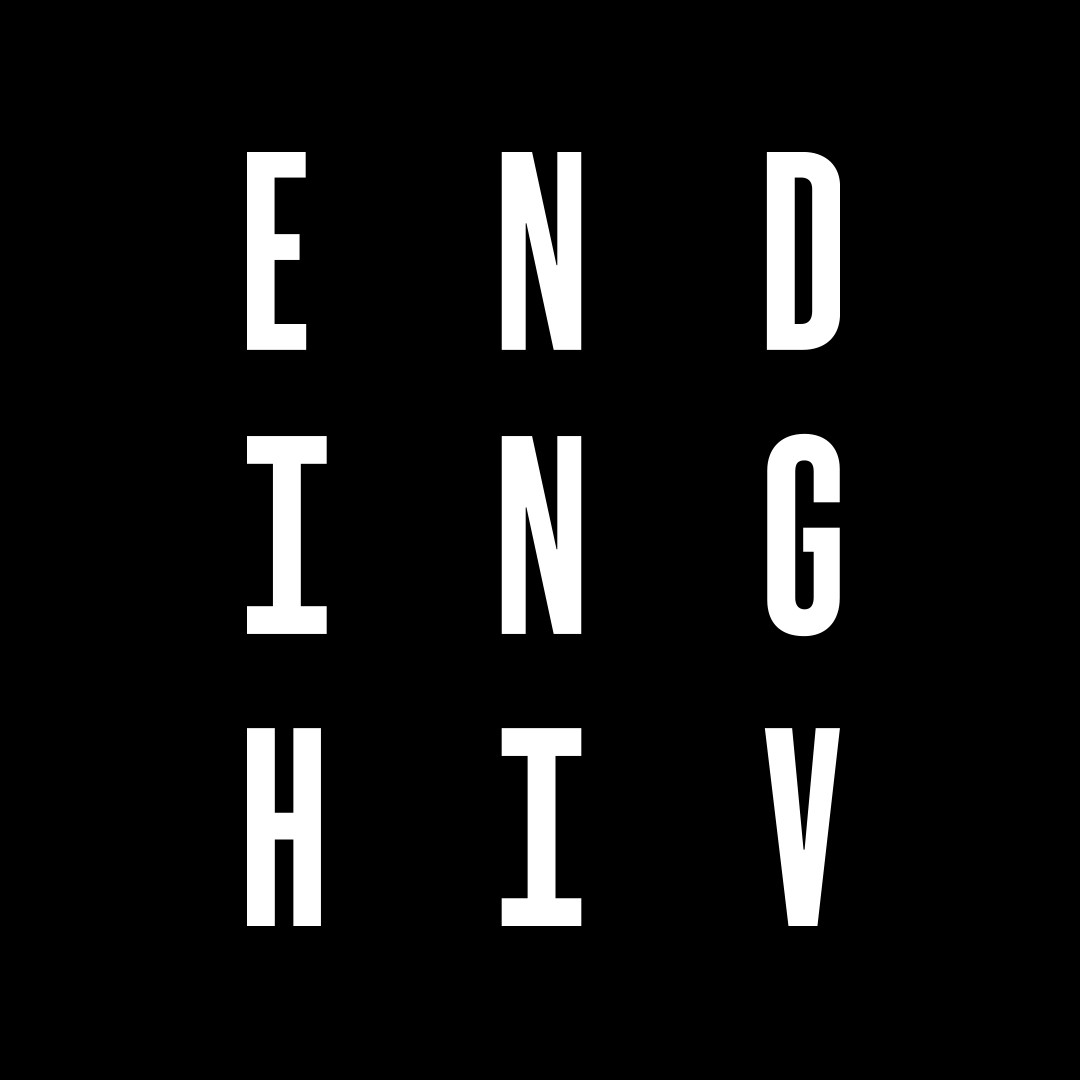HIV by numbers
Across the world, many of us have felt the impact of HIV in one way or another. While numbers can sometimes strip away the lived reality of an individual or a community, they can help put things into perspective as to where we’ve come and how far we have yet to go.
This World AIDS Day, we are taking a look at HIV by the numbers – a list of statistics, dates and figures, both internationally and locally, that tell the story of HIV today.
75,700,000 – the lifetime number of HIV diagnoses globally
Across the globe there has been an estimated 75.7 million HIV diagnoses since the start of the epidemic. Certainly, this is a staggering number and a reflection of how HIV has affected and reached all corners of the world.
38,000,000 – the number of people living with HIV worldwide today
Worldwide, there is an approximate 38 million people living with HIV (2019). Equitable access to HIV treatment for all is a reality yet to be achieved but must be strived for.
32,700,000 – the number of lives lost to AIDS-related illnesses around the globe
Globally, there is an estimated 32.7 million people who have died from an AIDS-related illness since the start of the epidemic. A sobering number, and while we have virtually eliminated AIDS-related illness deaths in NSW, many countries are still fighting to get HIV treatment to those who need it most.
25,400,000 – the number of people living with HIV on treatment, globally
In 2019, there were 25.4 million people receiving HIV treatment worldwide. This equates to a global average of about 64% of HIV positive people receiving the treatment they need.
1,700,000 – nearly 2 million people diagnosed with HIV in 2019 around the globe
Around the globe, 1.7 million people were diagnosed with HIV in 2019. Testing is crucial to connecting people into medical care while also reducing the onwards transmission of HIV.
690,000 – the global number of people who died from AIDS-related illnesses in 2019
In 2019, 690,000 people died from AIDS-related illnesses worldwide. Despite the advancements made towards combatting HIV, people are still dying from AIDS today, reminding us that the fight is far from over.
603,824 – the number of HIV tests taken in clinical settings in NSW in 2019
In NSW, 603,824 HIV serology tests were performed in 15 laboratories in NSW in 2019, and represents a year-on-year increase in HIV testing rates.
29,000 – the estimated number of people in Australia living with HIV
There is an estimated 29,000 people living with HIV in Australia. Increasing testing is key to linking people into care, thereby also reducing onwards transmission.
15,881 – the number of PrEP users in NSW
Between April 2018 and June 2020, 15,881 people were dispensed PrEP (pre-exposure prophylaxis) through the Pharmaceutical Benefits Scheme in NSW. PrEP is a highly effective strategy for HIV negative people to prevent acquiring HIV.
1996 – the year the first combination drug therapy to treat HIV became available
1996 was the year the first combination drug therapy first became available. Combination therapy is still the standard of treatment today. Read all about the benefits of starting treatment.
1985 – the year the first commercial HIV blood test became available.
In 1985 the first commercial HIV blood test became available, paving the way for modern day testing.
1981 – the year the first official reporting is made of what would become known as AIDS
The first official reporting of what would become known as AIDS was made in 1981. Published by the US health body the CDC, the report described ‘Pneumocystis pneumonia’ in previously healthy, gay men.
282 – the number of new diagnoses in NSW in 2019
In 2019 there were 282 new diagnoses in NSW. This figure represents a 12% decrease in infections in NSW compared to the last five-year average which shows us that we are on the right track.
95 – the percentage of people living with HIV in Australia with an undetectable viral load
Across Australia, 95% of those living with HIV are on treatment and have an undetectable viral load. Undetectable viral load not only improves a HIV positive person’s overall health, but it also means they cannot transmit HIV to their partners.
4 – effective ways to prevent transmission: condoms, PrEP, PEP and undetectable viral load
There are four highly effective ways you can prevent HIV transmission – using condoms, PrEP, PEP (post-exposure prophylaxis) and undetectable viral load, or a combination. Learn all about how to stay safe using these options.
0 – the number for new transmissions we are striving towards
Together, we can get to zero and end HIV transmission for all.
